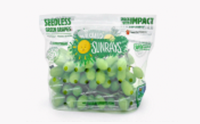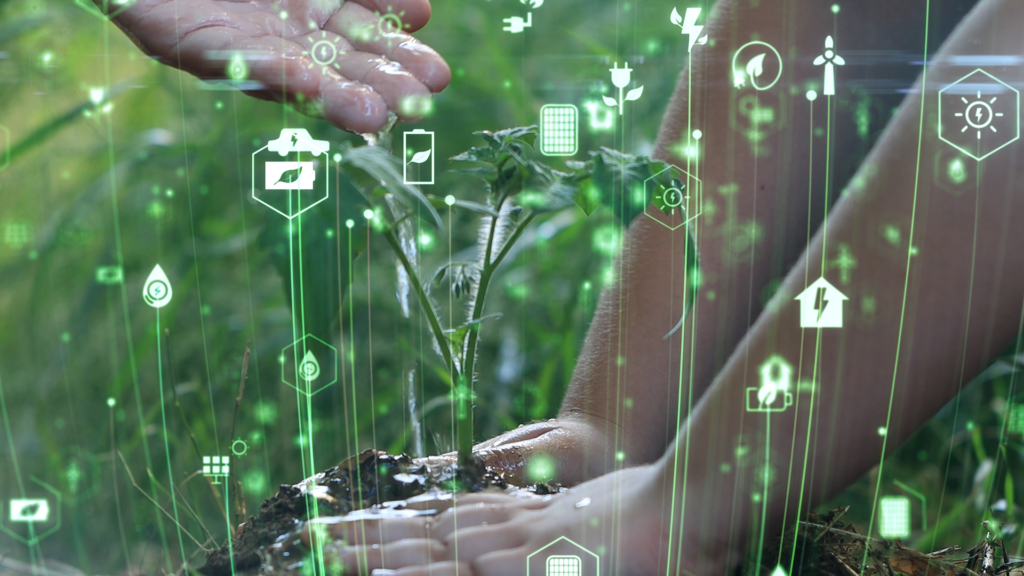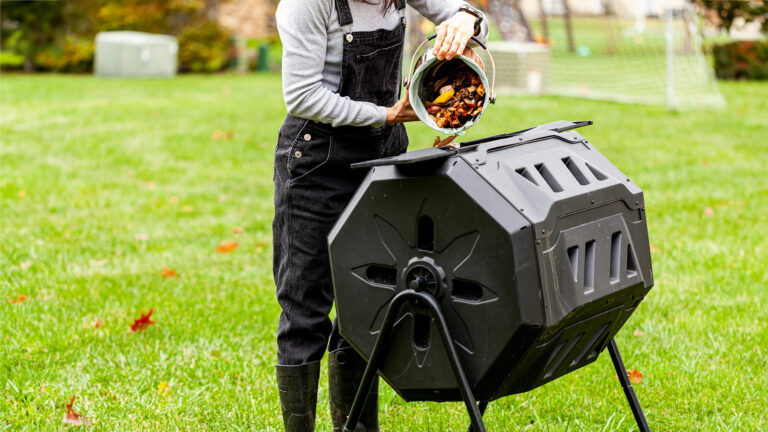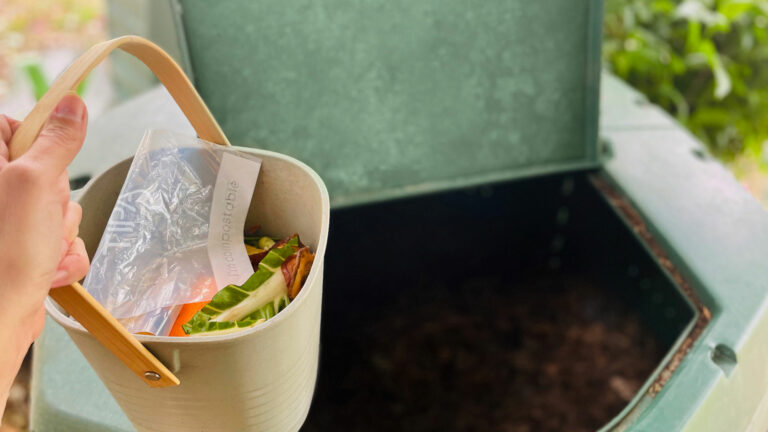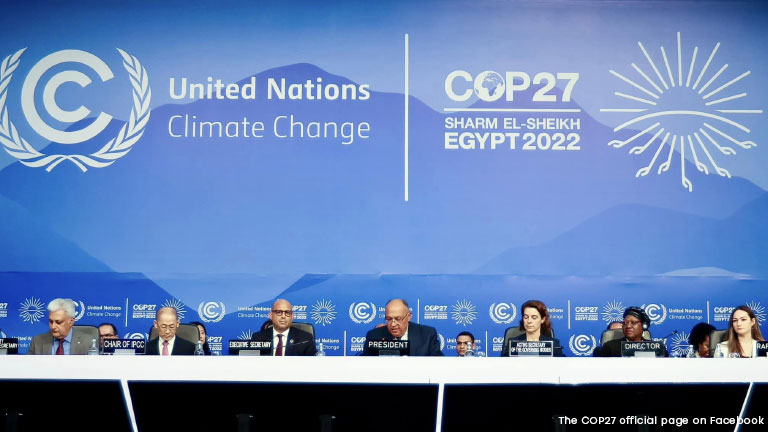The world has a trash problem – and it’s getting worse by the day. Waste is projected to reach 3.4 billion tons a year globally by 2050, up from 2 billion in 2016. Trash is a major contributor to climate change; landfills are a leading source of GHG emissions. And that’s even if you can find landfills; some states are already starting to run out.
Many look towards recycling as a solution to the plastic pollution problem, but recycling leaves much to be desired, especially for plastic packaging, the fastest growing source of trash. More than 90% of all plastic, “recyclable” or not, ends up in landfills, further aggravating our trash problem. Much of that ends up as microplastics, creating even greater environmental and health risks.
This clearly can’t go on – and one solution that could help reduce the amount of trash clogging the world is mass implementation of composting, especially for food and packaging materials. Today, only 27% of Americans have access to composting programs. This must change; and it is starting to: along with increased public investment in composting infrastructure, advanced composting technology, including AI, is playing a growing role in helping make composting more efficient and more easily able to handle compostable plastics; developing new compostable materials; and even helping to change consumer behavior.
Compost AI and computer-vision-powered sorting tech
When truckloads of waste arrive at composting facilities, the contents need to be sorted, making sure there are no contaminants as that will disrupt the composting process or result in low-quality compost. This sorting is often a manual and expensive process. But AI is changing that; equipped with machine vision, robotic sorters can quickly remove contaminants from trucks of compostable waste. This allows composting facilities to accept more waste in general, and to save on sorting costs and time. For example, since the city of San Antonio, Texas, began to use such robotic sorting last year, it has yet to reject a truckload of organic waste; before this system, the composting plant rejected waste that was likely to contain even small amounts of contaminants because it simply was not worthwhile to sort.
Advanced imaging technology can also be used to sort waste at general facilities, identifying compostable materials and directing them to the proper channels. One way to achieve this is through digital watermarking, in which small watermarks placed on packaging and other consumer items are read by an advanced machine vision system, which then automatically sorts waste into the appropriate stream. These watermarks are especially key to helping more composters accept compostable plastic; as they allow them to quickly distinguish between compostable plastic and non-compostable plastic, which look very similar to the human eye.
Digital watermarking is a solution that requires cooperation across the compostable packaging industry as well as from composters and local waste management companies that oversee composting. It will work perfectly if manufacturers of such packaging will agree to use these marks, and composters will have the equipment to read them. I believe it’s possible.
Even without digital watermarking,, there is computer-vision AI technology that can identify compostables, including plastics. Advanced sorting tech is especially important to advancing compostable plastic use, as it can also direct compostable plastics into the right compost conditions, which can often differ from those required for food or garden scraps, helping make things more efficient for composters. For example, a UK team has developed a sensor-based system that sorts compostables according to type, compost system requirements, and the amount of time composting will take. The system uses a technology called hyperspectral imaging (HSI), which uses advanced imaging to examine trash, analyzing it using chemical and physical analysis. Machine learning is applied to incoming trash, with the system improving its sorting capabilities as new trash enters the system – to the extent that the system has an accuracy rate of 99%, with all compostable materials processed in the most efficient way possible.
Speeding up Composting and the Discovery of New Compostable Materials
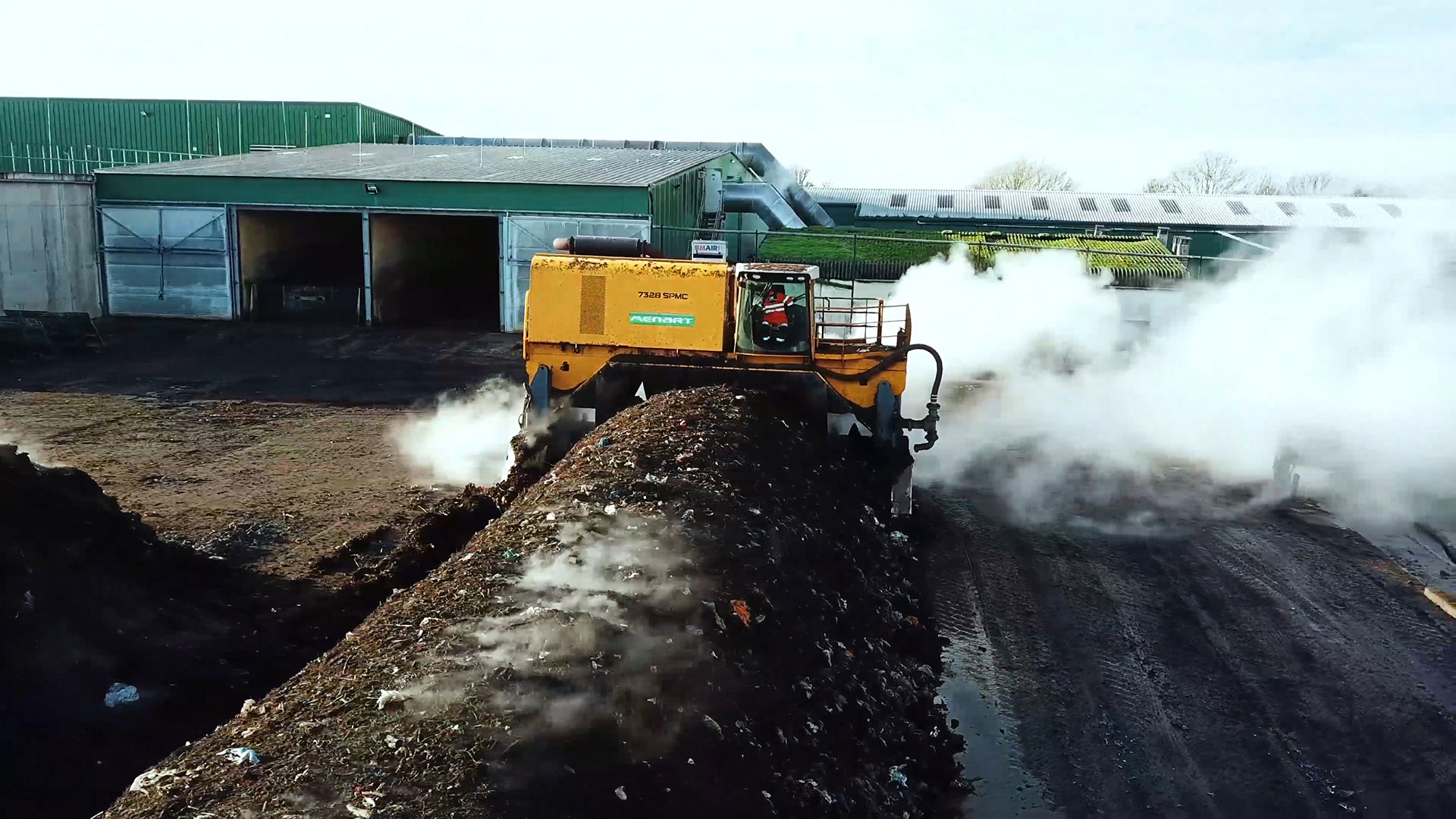
When it comes to the composting process itself, sensors, along with AI-based machine vision, can also monitor conditions like heat and moisture, ensuring they are ideal for moving the composting process along, and making adjustments on the spot to ensure faster and higher-quality composting. AI can predict when compost will be ready, another key factor is making the process more efficient and producing a product of consistent quality, and important when appealing to farmers who will buy this end product.
Of course underlying all of this is the advancement of compostable plastic, an area where AI and machine learning can make an important contribution. According to researchers, there is still much to discover about the relationship between polymers, which make up plastics, and biodegradation. Machine learning can help speed up the analysis and classification for existing polymers and develop new polymers. Expanding the library of available polymers for compostable packaging is essential, as this will allow for lower cost, as well as more choices for the characteristics of the packaging. For example, as we understand well from our own work, some brands may need packaging that has a higher barrier durable than others. We, too, are integrating a design of experiments and AI management systems to help speed up research and development and the customization of different packaging products to best meet consumers’ needs, as well as compostability requirements.
The benefits of advanced tech go beyond packaging. AI and computer vision can also help create datasets about how much food consumers waste. This can be used to change consumer behavior, which is one of the most important factors in reducing impact on the environment. For example, Oregon State University is developing smart composting bins that use computer vision to track how much edible food consumers waste. While waste is carefully tracked in other parts of the agriculture and food supply chains, consumer waste is not carefully tracked and is not well understood.
There are numerous reasons why composting is the ultimate solution to reduce the trash and plastic that is jamming landfills and contributing to greenhouse gas emissions, and other environmental and health risks. Technology could help composting move a few steps further, opening the way to a more promising future for the planet and for humanity.









